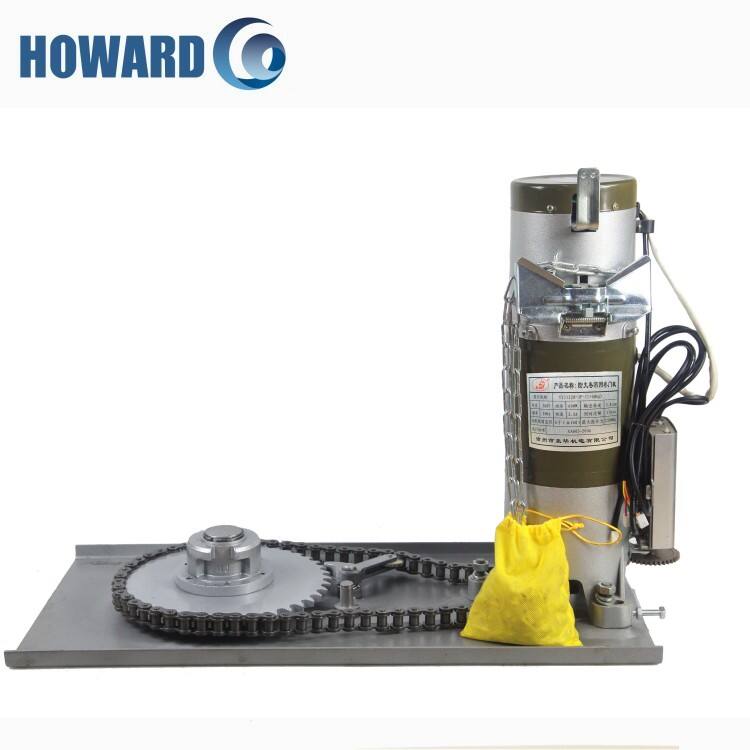
የእሳት መቋቋም ወይም የእሳት ተቋቋሚነት የሚለው ቃል የቁሮች፣ ዕቃዎች ወይም አካላት እሳት እና ከፍተኛ ሙቀት ጋር በአገባብ በጭራሽ ሲገቡ እሳቱን ማስፋፋት እና ኢንቲግሪቴቸን (መዋቅሩን) ለተዕዘዝ ጊዜ ማቆያን ያመለክታል። የእሳት መቋቋም ያላቸው ዕቃዎች ዝቅተኛ የማበጣጠብ ችሎታ እና ከፍተኛ የሙቀት መቋቋም አላቸው ተብሎ የሚዘጋጅ ነው። ለምሳሌ፣ የሕንጻወች ማሣት ውስጥ የሚጠቀሙት የተዕይነት ዓይነቶች በማሞቂያ የሚከላከሉ የእሳት አካላት ጋር የሚሰሩ እነሆ፡ ይህም የእሳት መቋቋም ችሎታቸውን ለማሻሻል ይረዳታል። ይህ የማሞቂያ አካላት የኮንክሪት ሙቀት መጨመር እና በእሳት ውስጥ ስር መውደቅ የሚያ зам slows down the rate at which the concrete heats up and deteriorates during a fire, providing valuable time for evacuation and fire-fighting efforts. In the realm of textiles, fire-proof fabrics are used in applications where there is a risk of fire, such as in protective clothing for firefighters and in the upholstery of public transportation vehicles. These fabrics are treated with chemicals or made from inherently fire-resistant fibers to prevent ignition and slow down the spread of flames. Fire-proof coatings are also widely used. Applied to the surface of various materials, they can transform non-fire-resistant materials into ones with improved fire-resistance. When exposed to heat, these coatings may expand to form a thick, insulating char layer that protects the underlying material from the intense heat of the fire. For buildings, having fire-proof elements is a fundamental requirement for ensuring the safety of occupants. Fire-proof walls, floors, and ceilings help to compartmentalize a building, preventing the rapid spread of fire from one area to another. In industrial settings, fire-proof equipment and storage containers are used to store and handle flammable substances safely. Overall, the concept of fire proof is integral to fire safety in both residential and commercial environments, and compliance with relevant fire-safety standards is crucial to minimize the risk of fire-related disasters.
